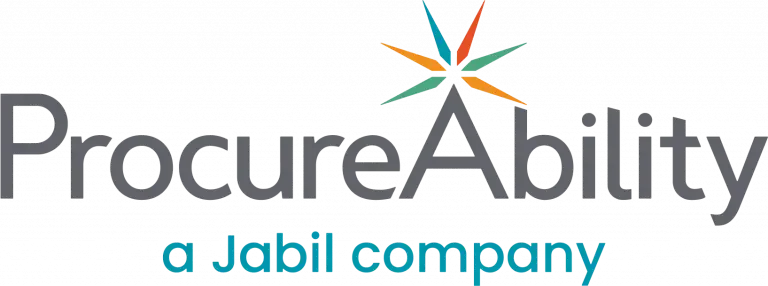
As the global pandemic spreads, billions of people and businesses are suffering from financial loss, and it is hard to be optimistic. Procurement leaders and business executives must respond quickly to maintain operations, fulfill demands and alleviate supply chain disruptions. Procurement strategies can help companies minimize the impacts of the pandemic by mitigating increased costs. While the duration of COVID-19 is hard to predict, the business leaders must develop both short and long-term procurement plans.
Short Term Strategies:
- Assess or Reassess Supplier Management
Historically, many companies outsource raw materials and finished products from Asian countries to cut production costs. However, COVID-19 affects suppliers’ productivity across multiple geographical areas, especially at the heart of many Asian supply chains. The situation forces corporations to find alternative sources of supply to fulfill customers’ demand. To secure the supply base, leaders need to engage with their primary suppliers to assess the risks and forecast impacts on the operation. Based on the evaluation, the leaders might consider shifting to local suppliers to have more control and visibility of future procurement.
- Internal Evaluation
Internal evaluation is critical in helping companies limit the pandemic’s implications. It helps to cut costs and to increase the supply chain efficiency. In order to conduct internal evaluations, the company needs to first, gather data and quantify the impact of supply reductions on demand fulfillment. Next, the company will have to assess operational risks for different business functions. Lastly, communicate with key stakeholders to understand goals for the next quarter then develop a strategy, considering multiple scenarios, to meet those goals.
Long Term Strategies:
- Incorporate Emergency Planning into Current Structure
If you take the glass half full approach, adversity can lead to prosperity. While the pandemic damages the supply chain and disrupts company growth, it also exposes weaknesses. To help organizations recover, business executives can take actions to embed risk management into budgeting, sourcing, and payment. Avoid relying on one or two suppliers and always have back-ups available. As the pandemic lingers, take the opportunity to step back and assess the current structure relative to the new normal.
COVID-19 forces us to not only face intercompany and global economic disruptions, it challenges us to be better than ever. Work with stakeholders to build new solutions to new problems and to old problems, Assess all parts of the business and figure out how to not just survive but thrive and make organizations stronger than ever.
References:
https://www.gep.com/whats-the-impact-of-covid-on-your-organization-gep-can-help
Subscribe to ProcureAbility Insights to access whitepapers, presentations, plus our latest thought leadership.



